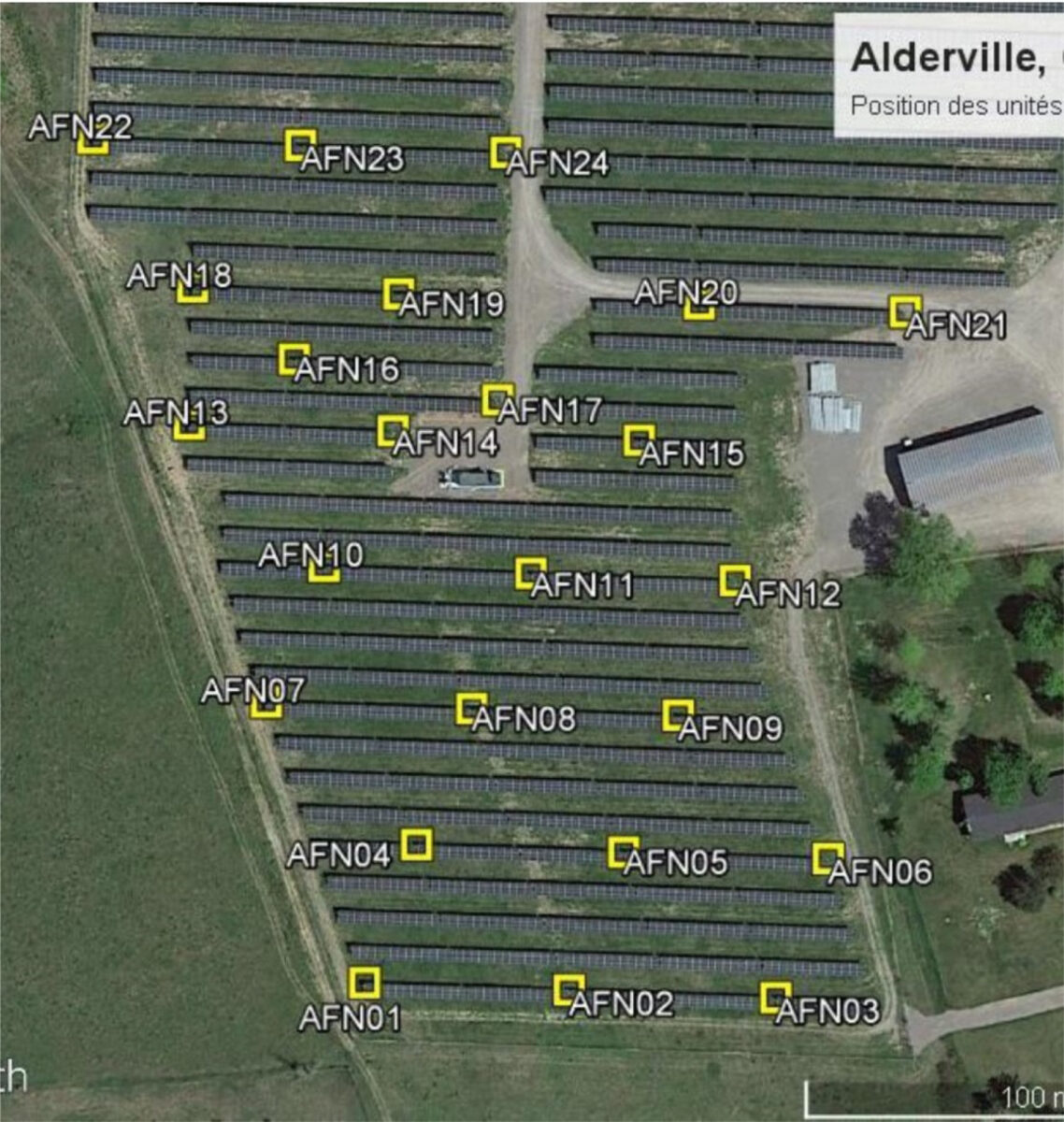Researchers from the University of Seville in Spain have developed a novel machine-learning algorithm for forecasting very short-term solar irradiance. Its input is based on the preprocessing of sensor data, utilizing temporal and spatial correlation analysis of cloud movement.
“Short-term or very short-term forecasting of electricity production could help areas, such as real-time monitoring of the system, electricity pricing, or avoiding system overloads,” they said. “Further motivation lies in the regulatory domain. An increasing number of countries are requiring wind and photovoltaic generators to provide what are known as ancillary services, which are fundamental activities for the safe and reliable operation of electrical systems.”
The dataset used for the model's development was from an online repository of the Alderville 5 MW solar farm in southeastern Canada. Specifically, it consisted of 24 solar PV panels that provided irradiance data every 1 ms on days with variable and very variable cloudiness.
As the research group focused on prediction horizons of 15 s and 30 s, it created a correlation analysis to understand the relationships between the panels at different times. To do that, they examined the correlation of each panel's measured irradiance with all other panels. Then they evaluated the correlation with varying lags of time.
“The panels in close proximity demonstrate higher correlations since they are influenced by the same cloud patterns, while the panels situated at the extremes of the wind direction axis display lower correlations due to their positioning within the gradient of cloud evolution,” the team explained.
Accounting for time lag and panel correlation, the researchers then fed the data into three machine learning techniques: eXtreme Gradient Boosting (XGB), Light Gradient Boosting Machine (LGBM), and Random Forest (RF).”The system is referred to as semi-online because the inference is performed in real time, but the model training is not done incrementally with each instance. Instead, it is trained with very small batches of instances,” emphasized the researchers.
“Slightly superior results have been achieved with LGBM compared to XGB and RF, although the differences are not significant,” they added. “On the very variable day, a mean absolute percentage error (MAPE) of 4.411 was obtained in the most unfavorable scenario (30 s forecast horizon in the cluster located upstream) and 2.483 in the most favorable scenario (15 s forecast horizon in the cluster located downstream).”
Looking forward, the academics are planning to determine precisely how far into the future the system can provide accurate results and analyze the system’s responsiveness to abrupt changes in wind direction.
Their findings were presented in “Semi-real-time decision tree ensemble algorithms for very short-term solar irradiance forecastin”,” published in the International Journal of Electrical Power and Energy Systems.
This content is protected by copyright and may not be reused. If you want to cooperate with us and would like to reuse some of our content, please contact: editors@pv-magazine.com.



By submitting this form you agree to pv magazine using your data for the purposes of publishing your comment.
Your personal data will only be disclosed or otherwise transmitted to third parties for the purposes of spam filtering or if this is necessary for technical maintenance of the website. Any other transfer to third parties will not take place unless this is justified on the basis of applicable data protection regulations or if pv magazine is legally obliged to do so.
You may revoke this consent at any time with effect for the future, in which case your personal data will be deleted immediately. Otherwise, your data will be deleted if pv magazine has processed your request or the purpose of data storage is fulfilled.
Further information on data privacy can be found in our Data Protection Policy.